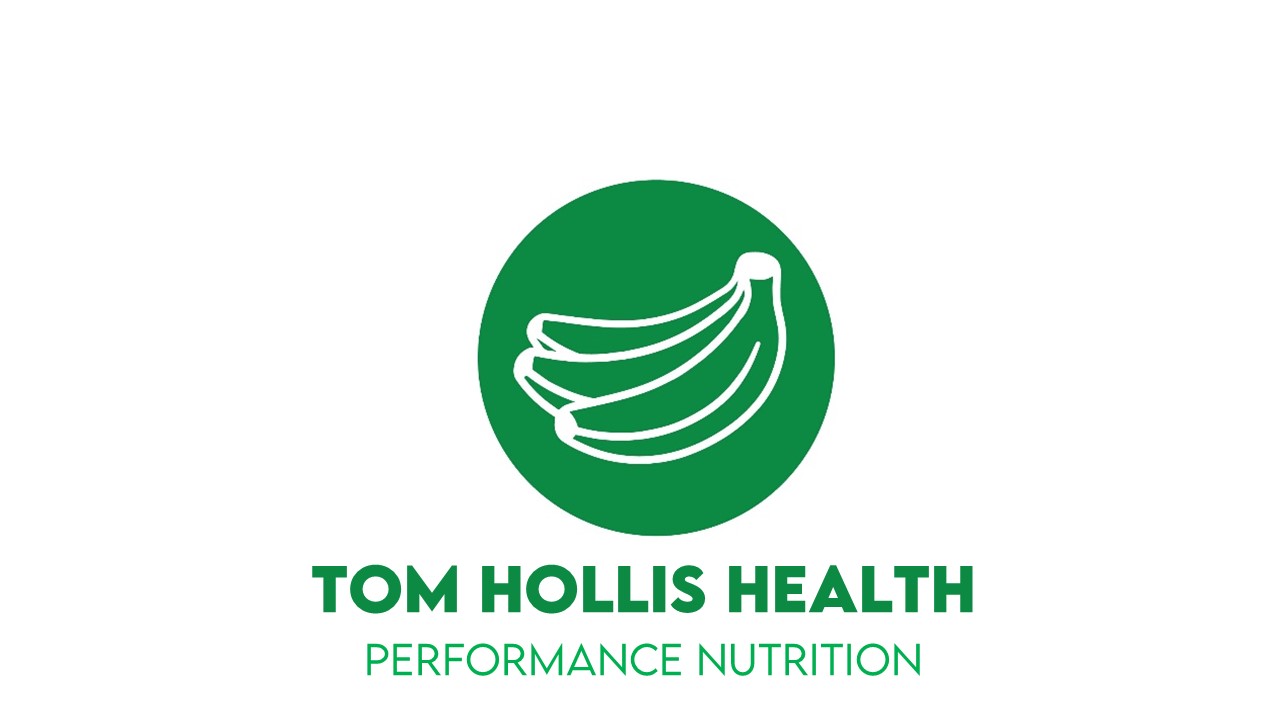As a curious runner but sceptical scientist, I’m easily drawn to news pieces about enhancing running performance, particularly those that relate to nutrition. I try to view the articles through two pairs of eyes – my own (to critique the evidence and how it’s presented), and perhaps more importantly, those of a running friend or potential client. It’s vital to consider how they would interpret the article, and what questions might soon come my way.
Beetroot juice is a fine example of running nutrition grabbing the headlines in recent years. I had already been following the media stories with interest, but studying for my postgrad in sports nutrition gave me the perfect excuse to delve deeper into the science. In fact, I recently chose beetroot juice and endurance exercise as my topic for a literature review, and having just received my highest ever mark for a piece of coursework (!), I feel as well placed as I ever will to give a brief(ish) synopsis of my take on the research here…
…but clearly not brief enough that it doesn’t warrant three separate blog posts! This first one will act as a general introduction and set the scene for the next two, which will discuss some of the more subtle trends emerging from the literature.
The first key point to clarify is that it’s not really just beetroot juice (or even beetroots) that we should be focusing on, but rather the dietary nitrates held within. There are plenty of other good dietary sources of nitrate, including spinach, rocket and swiss chard, but beetroot juice is easily the most heavily researched and therefore tends to dominate the news articles (perhaps because the juice volumes and therefore nitrate concentrations can be more closely controlled).
When we consume nitrate, it is first converted to nitrite (with a little help from bacteria in our mouths), then to nitric oxide – an incredibly useful and unique molecule that already has various applications in medicine. In intensive care, for example, we often see it used as a vasodilator (widens blood vessels) in the treatment of severe cardiovascular conditions. When you discover that nitrates are also linked to improvements in mitochondrial efficiency (the energy powerhouses of our cells), muscular blood flow and oxygen efficiency, it becomes easy to see why they have been so extensively researched in endurance sport over the past ten years or so.
Most of the articles in the popular media have reported very positive impacts from nitrates (usually beetroots) on exercise endurance, speed and general performance:
But how accurate are these claims, and how much difference could beetroot juice, or any other nitrates, really make to the likes of me or my friends at the running club?
Since this is not intended as an academic piece, I won’t formally reference individual studies here as that would quickly get far too clunky for a blog, but will provide links as appropriate. Rest assured though that this is all based on the scientific literature (including meta-analyses), and please feel free to contact me if you’d like any more info or detail.
Going back to the early studies, the key headline that emerged was that beetroot juice can improve running economy. This attracted huge attention, firstly since economy (or efficiency) is one of the three fundamental components that predict endurance performance (alongside maximum oxygen consumption (VO2 max) and lactate threshold), and secondly because economy had previously been considered a relatively fixed variable for athletes. In other words, nitrates might impact on a crucial performance element that very little else could touch.
Nitrate research falls into three exercise test categories: ‘time trial’ (time taken to complete a given distance), ‘time to exhaustion’ (open-ended assessments at fixed but sub-maximal work rates) and ‘graded exercise tests’ (often combining progressive exercise intensity and time to exhaustion).
Of the three, time trial is considered the most reliable indicator for real competition performance, but unfortunately this is where the results for nitrate are least consistent and convincing. Overall though, the evidence from endurance time trial meta-analyses (i.e. merging the results of many smaller studies) points towards a small but not statistically significant improvement with nitrates compared to placebo. There were similar overall findings for graded exercise tests.
Time to exhaustion tests are considered an inferior indicator of pure performance, as they are more susceptible to psychological factors such as motivation and boredom. Nonetheless, they remain heavily used in sports research, and the overall results for nitrates are quite convincing, suggesting moderate, statistically significant endurance improvements with nitrates compared to placebo.
But if the statistically significant effects are only seen in time to exhaustion and not time trial, does this detract from the ergogenic (performance-enhancing) claims for nitrates? Not necessarily. First, improved running economy, even at sub-maximal rates (as per time to exhaustion tests), can have real benefits for training, and therefore indirectly improve race performance. Second, and more important, is that even small, non-statistically significant effect sizes in time trial could have a meaningful impact on competition. To put this into context, overall effect sizes in meta-analyses with nitrate have been 0.8-0.9%, and the difference between winning gold and finishing twelfth in the London 2012 Olympic men’s 10,000m running final was only 0.66%. Clearly then, even small effects from nitrate have the potential to be pivotal in the context of the narrow margins of competition. In addition, dietary nitrate can be considered a low risk intervention, with adverse effects across the research generally limited to discolouration of urine or stool (to which most people who have eaten much beetroot in the past will already be accustomed!)
So, we can already start to see that dietary nitrates could be a safe, useful tool for endurance athletes. The next couple of blogs will cover some of the more subtle and interesting trends in the research, as well as practicalities for the athlete.




